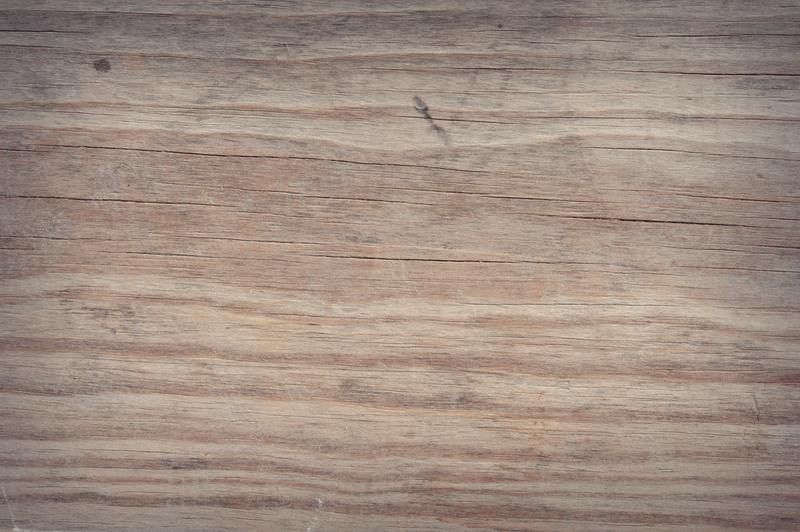Are you searching about how to repair water damaged oak veneer table? While a wooden table may undoubtedly give a room a stunning appearance, the reality that it is susceptible to harm from various sources remains true. Water is one of those things.
Suppose your wooden veneer has been damaged. In that case, water damage restoration on wood becomes necessary to ensure that the wooden piece not only regains its clean old polished look but also remains protected from future water damage.

How do you go about doing it? Well, we’re here to tell you everything you need to know about repairing water-damaged wood veneer in any room of your home, at any time, and believe us when we say it’s not as complicated as it appears.
There will be a few things to remember, and you’ll be ready to go. However, before we tell you about it, let us first explain what wood veneer is and how water damages it.
What is wood veneer?
You may have observed a thin sheet of wood covering your wooden furniture, particularly the top of your table. That sheet is known as wood veneer, and it is mainly employed to give wooden products a completed, glossy appearance.
Its extraordinary thinness gives the impression that it has been flawlessly integrated with the furniture beneath it. However, water can get lodged somewhere in the veneer and create damage, which you must address as soon as possible.
How does it get damaged?
Water is not a good friend of wood veneer, as it is for many other things. Whether it splashes on the surface or trapped water behind the veneer, it doesn’t like it when it’s in contact with water for an extended period.
Because of this, it raises several difficulties, including white patches on the veneer and pink haze. However, if any of these things happen, it’s time to take action. Fortunately, fixing a water-damaged hardwood veneer without the assistance of a professional is relatively feasible at home.
Fixing A Water Damaged Oak Veneer Table
You’ll need a few tools and techniques, and you’ll be fine. How? Let us tell you everything there is to know about it.
Step #1. Reglue
As long as the veneer is not destroyed, it can be reglued if lifted or cracked. If the surface is broken off along the fissures, it is easier to repair significant sections. When repairing the fractured veneer, avoid damaging the edges of the break.
Before applying glue, clean the bonding surfaces. Assemble the shattered pieces with care so that everything fits together neatly.
Apply contact cement to both surfaces. Alternatively, you can use the carpenter’s glue on the base wood.
Clamp down the reglued region after pressing the shattered edges together. The table top’s surface may need to be refinished with a varnish when the repair is finished.
Step #2. Replace the chipped or missing veneer
While replacing a veneer is simple, obtaining a new piece that matches the present veneer. A patch veneer for a tabletop is usually obtained from the same amount of furniture; it is removed from a hidden location.
Lift the replacement veneer off with a craft knife. You can also use veneer edge tape to cover a minor hole in a missing shell. A sheet of veneer from a professional wood source may be required for more significant sections of damaged oak veneer.
Set a sheet of paper over the damaged area before applying a patch to a missing or chipped veneer. Make a guiding mark around the perimeter of the damaged area where the replacement veneer will go. Place the patch against the surface and use contact cement or glue to establish the bond.
Step #3. Replace the lifted veneer
Tabletops with lifted veneer are very frequent, especially in the corners. If it is not damaged, it can be reglued. To do so, use the craft knife to scrape away the glue residue.
Never lift the veneer any higher since it is easily destroyed. Then, to eliminate residue, wipe the surfaces with benzene compound. Sand the surfaces and wipe with a soft cloth to complete the operation.
You can use carpenter’s glue or contact cement to reinstall the lifted veneer. However, carpenter’s glue is preferable because it allows repositioning.
Apply contact cement or carpenter’s glue to the surfaces, then use a small brush to spread the adhesive along the grain. Smooth the lifted veneer into place with care. When using contact cement, make sure the surface is perfectly aligned in its new location.
Conclusion
Just like it, you can quickly repair a water-damaged wooden veneer. It sounds like something you’d be able to handle, and it’s not as complicated as replacing a wood base. After all, doing a fun DIY project is always in style.
So, the next time you notice your hardwood veneer starting to show indications of water damage, make sure you can pinpoint exactly what the problem is and what has to be done to restore it to its former glory. You wouldn’t need to look up “how to repair water damaged oak veneer table” anymore!
